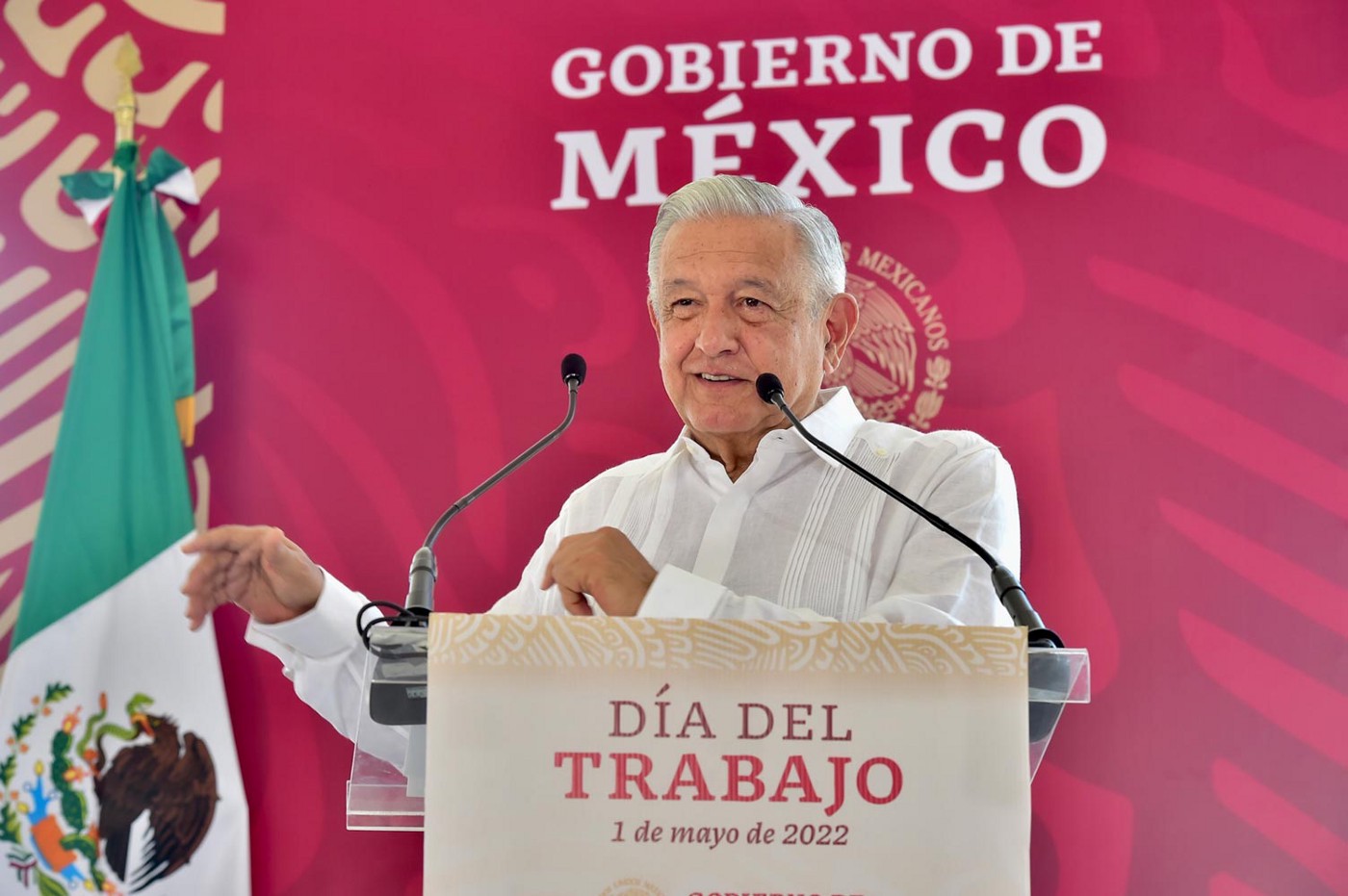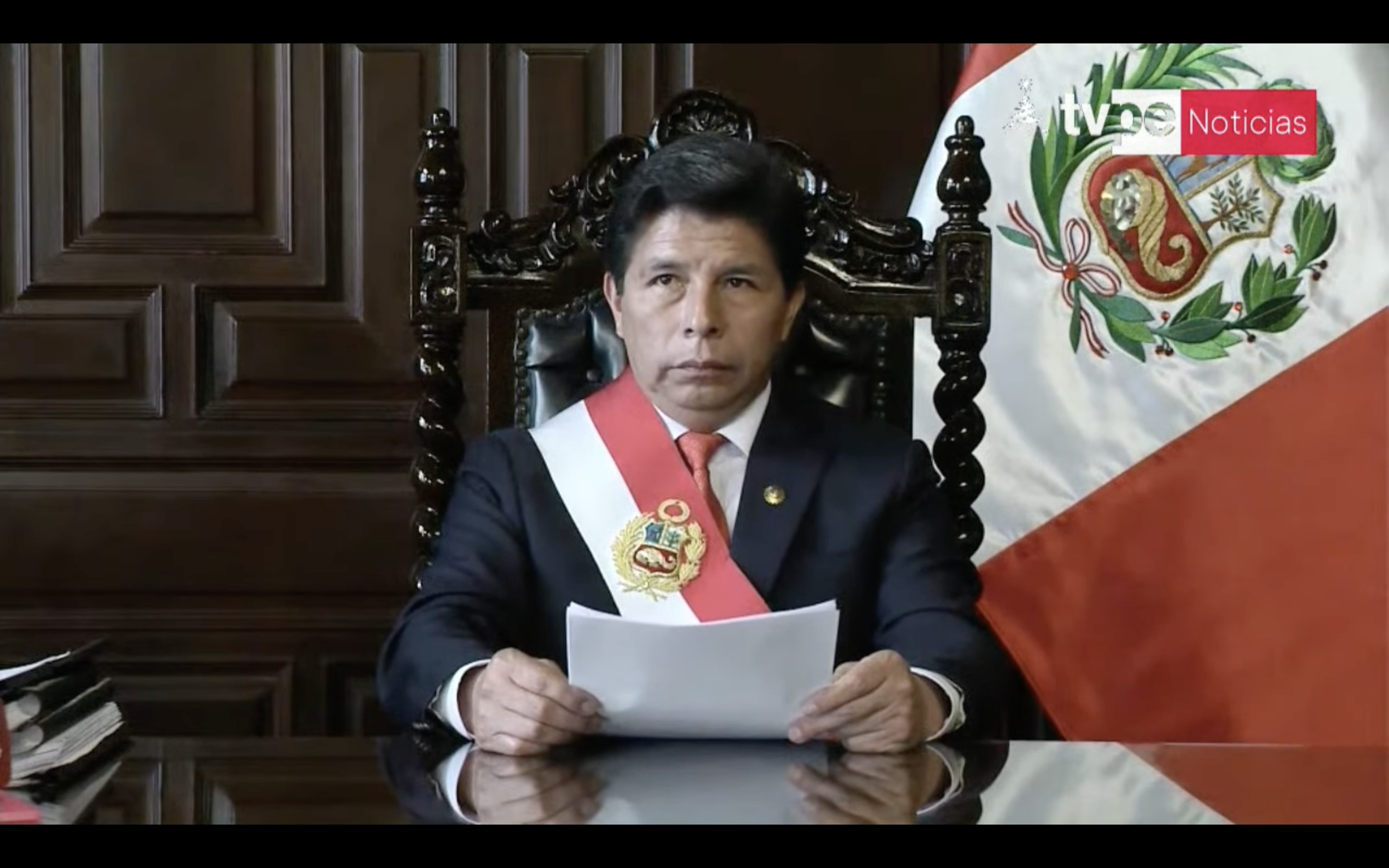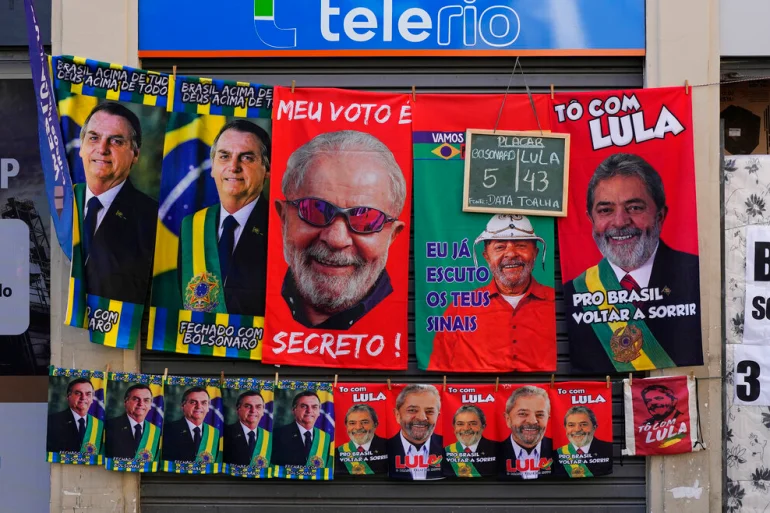
Dispatches, Mexico, North America
Experts question Mexico’s climate-goals update
December 8, 2022 By EcoAméricas
The Mexican government’s new target for lowering greenhouse gas emissions will be impossible to achieve without a dramatic shift in energy policy, climate-change experts say. The pledge, announced in Egypt last month at the United Nations COP27 climate conference, hinges on a massive escalation in renewable energy — a sector that has withered amid President Andrés Manuel López Obrador’s fierce embrace of fossil fuels.
In its submission to the U.N., the government says Mexico will cut emissions of planet-warming gasses 35% by 2030, up from the goal of 22% Mexico set in 2016. The targets, called nationally determined contributions (NDCs), represent Mexico’s voluntary commitment under the Paris Agreement, an international climate treaty adopted by U.N. members in 2015.
The government lists mitigation efforts that range from reducing net deforestation to zero by 2030 to upgrading the electric-power transmission network and exploiting the country’s deposits of lithium, a key ingredient in electric-vehicle batteries.
But it offers few specifics on its strategy or on which economic sectors would account for what quantity of emissions cuts. Climate experts doubt López Obrador will stop favoring state-owned fossil fuels. They say the new targets seem to be a rushed attempt to appease U.S. officials. Mexico “made a promise—that’s the good news,” says Pablo Ramírez, a climate-change specialist at Greenpeace in Mexico. “But the way things stand at the moment, there is no way we can fulfill it.”
Energy about-face
The new targets come amid tension between the United States and Mexico over energy and climate policy. Renewables boomed when Mexico prioritized them as it opened its energy market to private investment starting in 2013, but they have languished since López Obrador took office in 2018 and pushed policies that heavily favor the fossil-fuel industry.
U.S. climate envoy John Kerry has visited Mexico several times to press for climate friendly policies and the U.S. in July sought consultations under the USMCA trade agreement regarding protectionist Mexican policies that have stymied renewable-energy producers.
The U.S. Inflation Reduction Act and CHIPS and Science Act—both signed into law in August—gave the United States more cards to play in talks, experts say. U.S. and Mexican officials in recent months have discussed investment in the production of semiconductors, lithium batteries, solar technology and electric vehicles.
In it submission to the U.N. outlining its new NDC, Mexico predicts its climate-change efforts will allow it to avoid emissions of 347 megatons (mt) of carbon-dioxide equivalents, (greenhouse gasses) in 2030. Absent such efforts—the “business as usual” scenario—Mexico’s emissions would rise to 991 mt a year by 2030, the document says. Some of the cuts would come from lowering emissions in the oil and gas sector by 14%, the document adds. This would be achieved through increased cogeneration, reduced flaring of natural gas, and improved efficiency at state oil company installations.
López Obrador has vowed to spend US$2 billion to reduce the unusually high methane emissions of Pemex, the state oil company. Pemex last month announced an agreement to work with the U.S. Environmental Protection Agency to curb methane venting and flaring at onshore oil and natural gas installations.
In the NDC, the government also pledges to add 40 gigawatts of clean-energy capacity with investments of US$48 billion to upgrade hydroelectric plants, build four new ones, and add solar, wind and geothermal capacity.
Not persuaded
Analysts are skeptical. Carlos Flores, a renewable-energy specialist who has worked on several Mexican projects, notes Mexico would need to triple the renewable energy capacity it has built over the past decade in order to meet the 40-gigawatt target.
“It doesn’t sound as if there is any basis for this number,” says Flores. “When things were going very well we were able to build 14 gigawatts [in Mexico]. Now we are going to build twice that? It seems very unlikely.” Mexico could still attract international renewable-energy investment if it made an “impactful change” in policy, says Flores, just not at the pace or scale the 2030 clean-energy goal implies.
Some analysts say it is unclear how much Mexico has, in fact, strengthened its climate targets. María José de Villafranca, leader of the Climate Action Tracker at the NewClimate Institute in Cologne, Germany, notes the new NDC projects higher business-as-usual emissions than Mexico’s 2016 NDC did. Also, the calculations exclude the emissions-reducing impact of natural carbon sinks in the baseline but include them in targets, she says.
“There’s some creative accounting,” says De Villafranca. While the new targets made “a positive headline,” she argues, they seem less ambitious on second glance and, besides, would require new policies that aren’t evident in the NDC. Says Villafranca, “It’s a shame.”
About EcoAméricas
EcoAméricas provides objective coverage of Latin American environmental issues and trends for an international audience of academic institutions, environmental organizations, businesses and government agencies.




